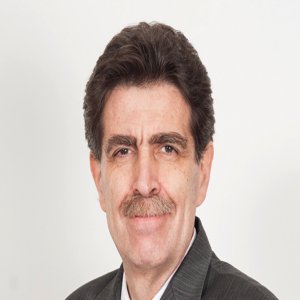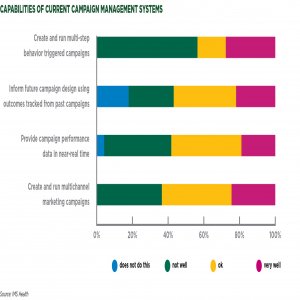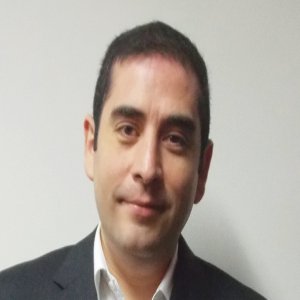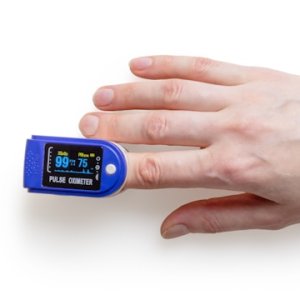World Class Anesthesia and Ventilation Devices

STORY INLINE POST
Q: What role does the country represent for Dräger’s global strategy?
A: Last year was significant as we celebrated our 125-year anniversary globally and our ten-year anniversary as Dräger Mexico. Our company is a family owned business and our current CEO, Stefan Dräger, represents the fifth generation of the family to run the company. We are part of the Central and South America Region, with headquarters in Panama City and offices in Brazil that have been established for 60 years. This is our youngest market, established in 2012 to improve our customer intimacy and as a support to our seven subsidiaries. In Mexico, our operations began in 2004, and since then, we have been growing considerably as a sales and service organization. Mexico is a key player in our region and worldwide and most of our global strategies are employed in the country. We have a broad network of distribution channels throughout Latin America to provide territory coverage and customer support.
Q: Who are your biggest customers in Mexico and what does Dräger define as being its competitive advantage?
A: Our main client is the public sector but the private sector is a strategic target for us. We were engaged for the new building of INCAN. Our involvement began in the design and planning phase of critical care areas and operating rooms, extending to the current clinical training stage. We are working with 38 private clinics from the Private Hospital Consortium that are formalizing their business to accommodate more patients. We hope to offer packages, for example an Intensive Care Package, to make clinical investment more economically viable. Our competitive advantage lies not only in our technology and innovation but also in our capability of providing a comprehensive and integrated solution to the hospitals, which is why we have a dedicated Solution Center and Dräger Academy departments operating in Mexico, as well as our Lifecycle Solution Department that that takes care of the complete buying experience of our customers and business partners.
Q: What innovations are you bringing to the market this year and how did you choose their clinical area?
A: Our main two core areas are operating room and critical care units, and our biggest markets constitute anesthesia and ventilation devices. We are the biggest supplier worldwide within these two areas. In the last three years, we have renewed our critical care ventilators portfolio and now we are carrying out a similar overhaul within our anesthesia division by launching new devices worldwide and in the Mexican market where we have already positioned and installed our top technology anesthesia workstations. A unique solution that we offer worldwide is the Pulmovista 500, an Electrical Impedance Tomography device, which is a breakthrough in mechanical ventilation. Until now it was not possible to determine the regional distribution of bedside ventilators, now our non-invasive EIT solution visualizes regional air distribution within the lungs in real time. In terms of software, Dräger provides several products to monitor patients and remotely access their medical information. We are most proud of the interconnectivity and communication between our devices and the different world-class Hospital Information Systems via HL7 protocol. This capability offers remote access to patient information, using our wide range of clinical systems such as the Innovian information management system that creates a complete, continuous, digital record of the patient´s critical care information. Currently in Mexico we have already installed some of these solutions, but there is a long way before it becomes a standard in the main health institutions.
Q: How far away is Mexico from achieving a complete digitalization of health services?
A: The digitalization of processes and information in the healthcare sector is relatively well-established, but Latin America always seems to be the last area for investment in new projects or renewals. The majority of health investment tends to go towards primary health needs and digitalization is seen as a luxury, not as an essential technology. This is beginning to change in the private segment. Our priority is to offer long-lasting products, reducing long-term cost of ownership and providing more connected treatments, which will consequently reduce medical errors. We offer a system called Smart Care that was developed only ten years ago, which is an automated weaning system to speed up recovery times by 30% in ICUs, reducing potential infection exposure. There is still collaboration required between health institutions and authorities to provide and set the proper standards in this emerging digital world.























